#manchu fashion
Photo
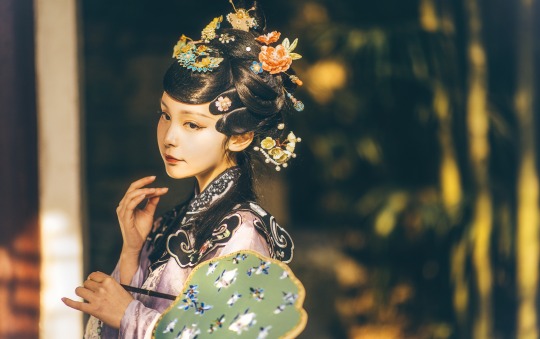

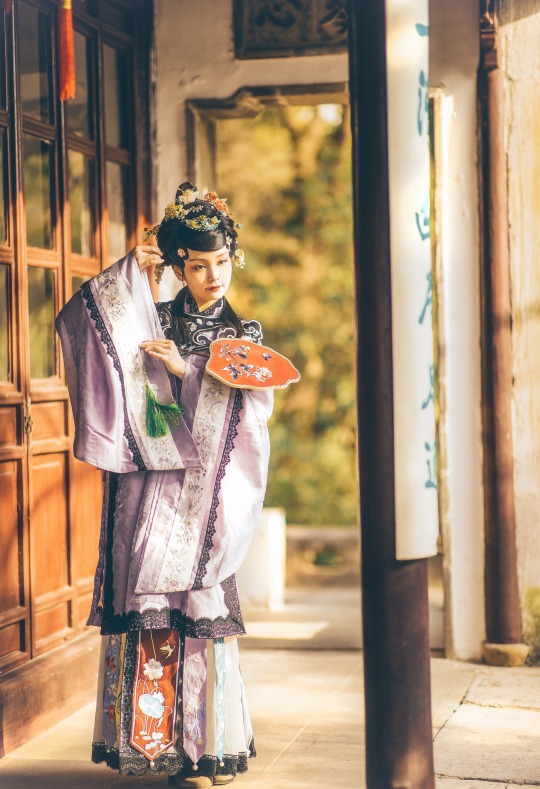

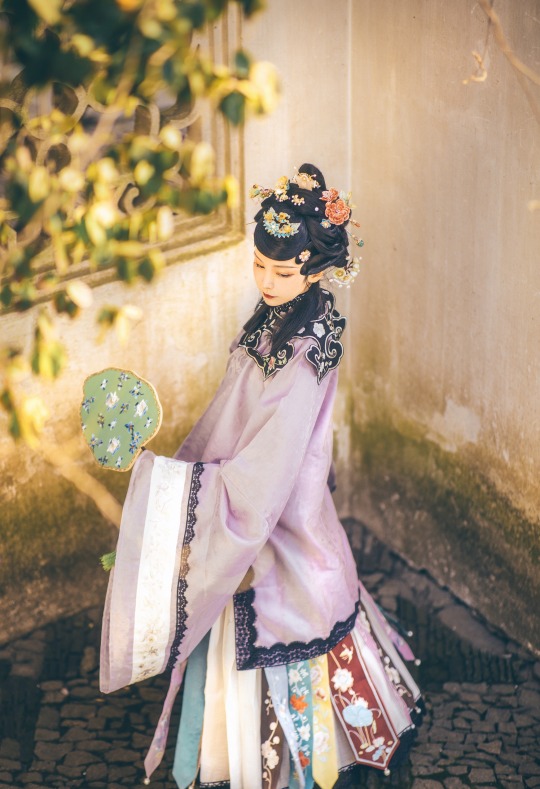
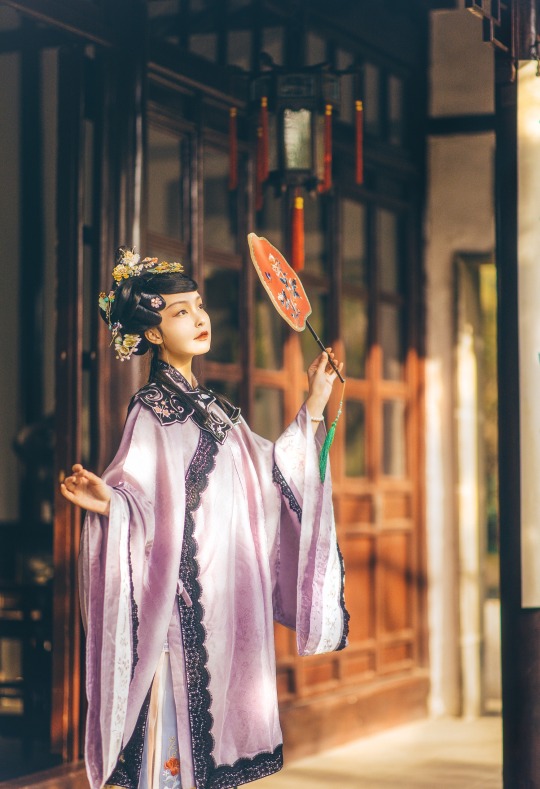

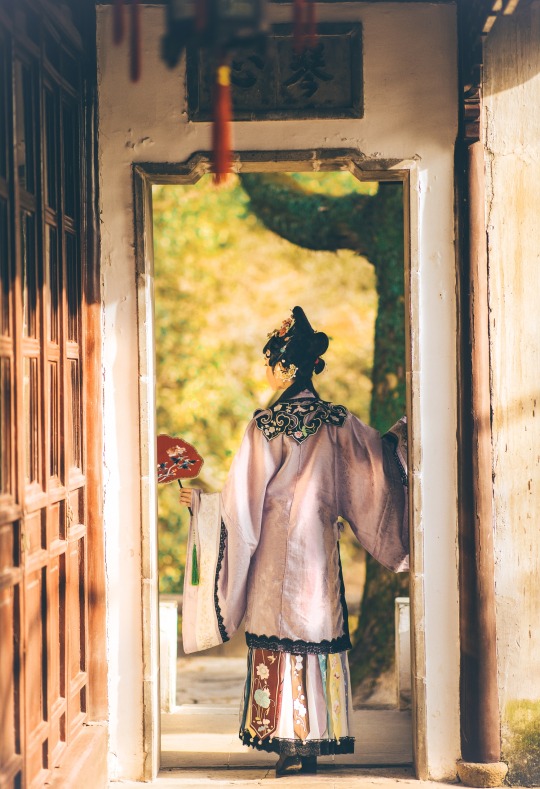

𝒮𝓊𝓃𝓃𝓎𝓊𝒻ℯ𝒾元気姬
#Qing Dynasty#Mamianqun#Qizhuang#Yunjian#Cloud collar#Han women’s clothing of the Qing Dynasty#Manchu Fashion#Chinese Fashion#Fashion
216 notes
·
View notes
Text
i love yuriah, i really do. peak transfem beauty.
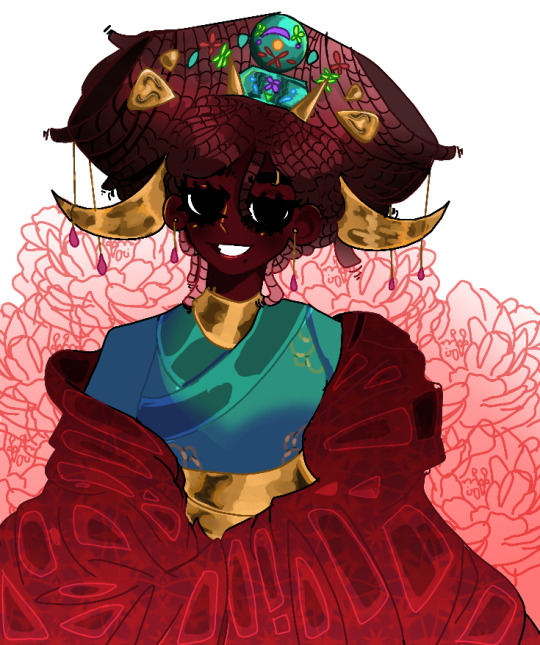
24 notes
·
View notes
Text
Qing Dynasty mandarin winter robes, from the Beijing Palace Museum collection:
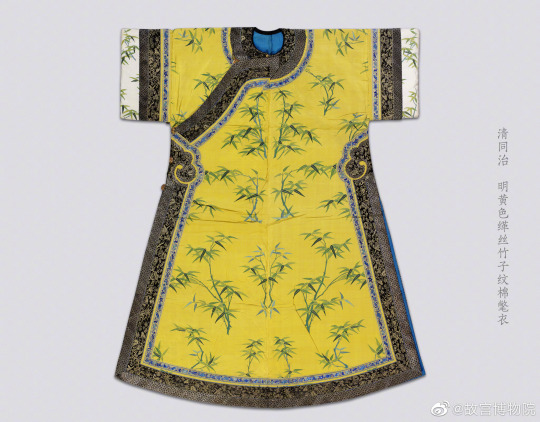
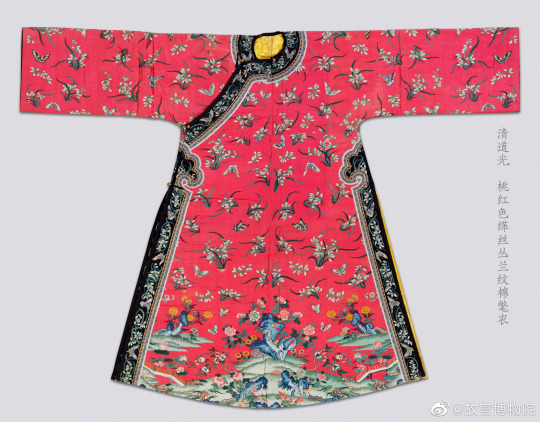
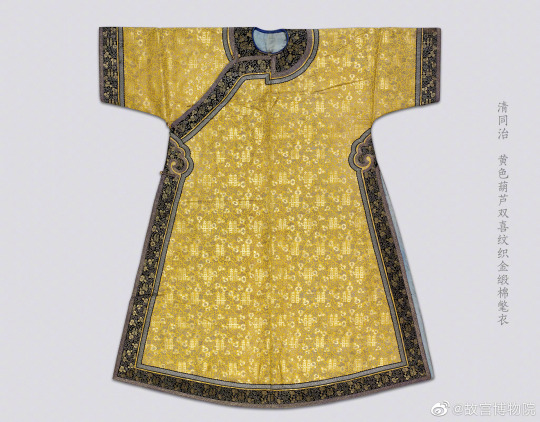
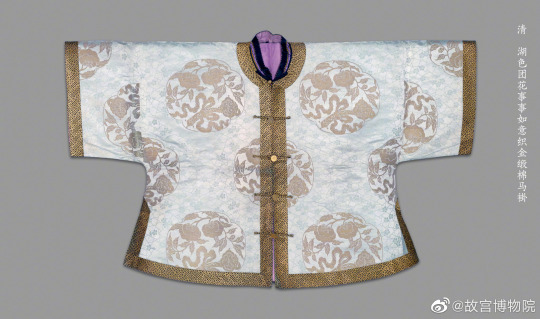

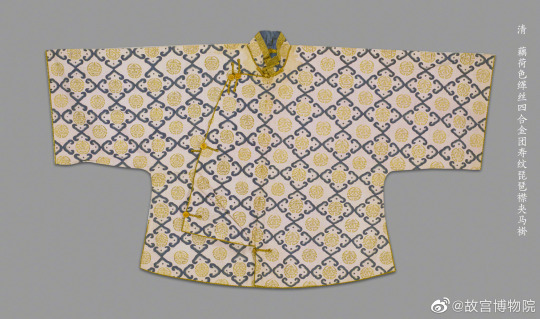

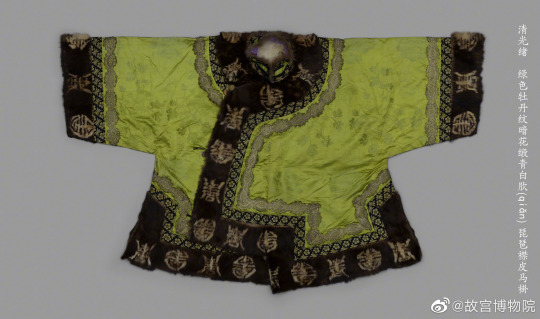
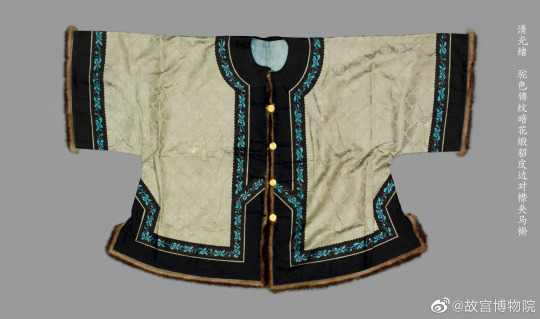
#china#qing dynasty#historical fashion#early modern history#winter clothing#forbidden city#beijing palace museum#artefacts#chinese fashion#manchu fashion#daicing gurun#textile#asian costume#silk#satin#mink#history
15 notes
·
View notes
Text
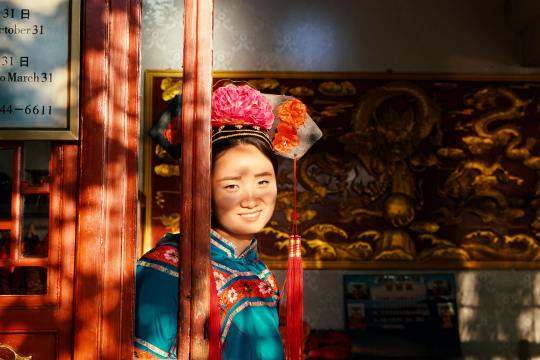
Manchu woman, China, by Miguel Bruna
#manchu#china#asia#east asia#folk clothing#traditional clothing#traditional fashion#cultural clothing
207 notes
·
View notes
Text
ok i’ve been reading the mystery of dr. fu-manchu and it’s so funny when the narrator looks at an asian character through racism goggles two and a half inches thick, describes their normal human features with words like simian, feline, ghastly, mask-like, uncanny, grotesque, and then says something like “i could not say why, but some preternatural instinct told me that this man was evil.” girlie please
#also turns out fu manchu canonically prefers wearing nude/flesh-colored cheongsams#for a once-a-century supergenius he sure is a fashion disaster lol#ryddles
16 notes
·
View notes
Photo
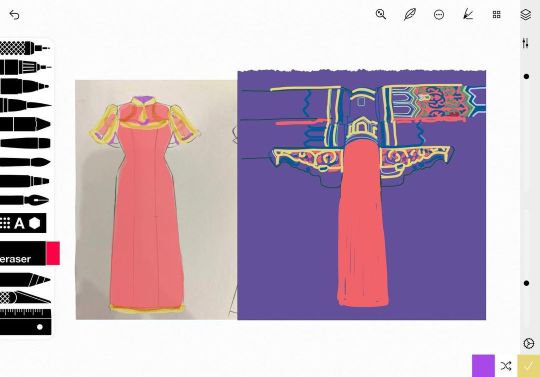
A design study in the realm of fashion and history with colors of the columns and capitals of the #forbiddencity City and the designs of #Cheongsam dresses influenced by #Manchu and new friend in the #Bahamas … . . #dougwittnebel #sketchespro #sketch #fashion #china #chinese #ipad #ipadart #ipadpro #ipadartist #digitalart #digitalillustration #digitaldrawing (at Acalanes Ridge, California) https://www.instagram.com/p/CqEFhMESEOa/?igshid=NGJjMDIxMWI=
#forbiddencity#cheongsam#manchu#bahamas#dougwittnebel#sketchespro#sketch#fashion#china#chinese#ipad#ipadart#ipadpro#ipadartist#digitalart#digitalillustration#digitaldrawing
0 notes
Text
Cultural Fashion: Katara's Ba Sing Se Dress

Katara's Ba Sing Se dress is inspired by changyi robes (氅衣), which were full-length gowns worn by Manchu noblewomen during the Qing Dynasty (1644–1911). Characteristics of changyi include high slits on both sides of the dress, prominent trim along the openings of the robe, and a rounded cross collar (pianjin/偏襟). Around the beginning of the 20th-century, standing collars and more fitted silhouettes also became common on changyi and other Manchu women's clothing. Overall, Katara's Ba Sing Se dress possesses many characteristics of a late Qing Dynasty changyi.
However, similar to her headdress, her robe isn't 100% historically accurate. The standing collar doesn't appear to be directly attached to the pianjin opening and her sleeves appear to be modeled more after hanfu than qizhuang (Qing Manchu clothing). Nonetheless, her design still alludes to a very specific period in Chinese fashion history, rather than simply being a generic "Asian-esque" dress. Plus, the design is just lovely!
Fun Fact: The cloud pattern on Katara's dress is known as xiangyun (祥雲) or "lucky clouds" in Mandarin. Clouds are considered auspicious imagery in Chinese culture due to the Mandarin word for cloud (yún / 雲) sounding similar to the Mandarin word for good fortune (yùn / 運).
Like what I’m doing? Tips always appreciated, never expected. ^_^
https://ko-fi.com/atlaculture
650 notes
·
View notes
Photo
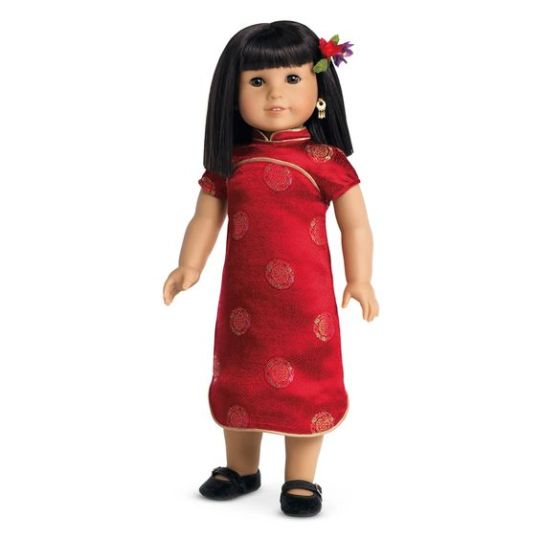
Ivy is the best friend doll with the smallest collection- only three outfits and no play accessories. So yeah, AG really sucks when it comes to Asian rep. Ivy’s New Year outfit makes appearances in both Happy New Year, Julie! and Good Luck, Ivy! The style of dress is called a qipao if you speak Madarin or a cheongsam if you speak Cantonese. The earliest qipao was worn by ruling-class Manchu women during the Qing dynasty as a way of separating themselves from Han commoners.

The more modern qipao emerged in the 1920s after Imperial China fell, gender roles changed, and the country began to westernize.
youtube
(1920 Chinese fashion video restored and colorized with AI)
During this time, the qipao became the go-to dress of women of all social classes all across China and the Chinese diaspora.
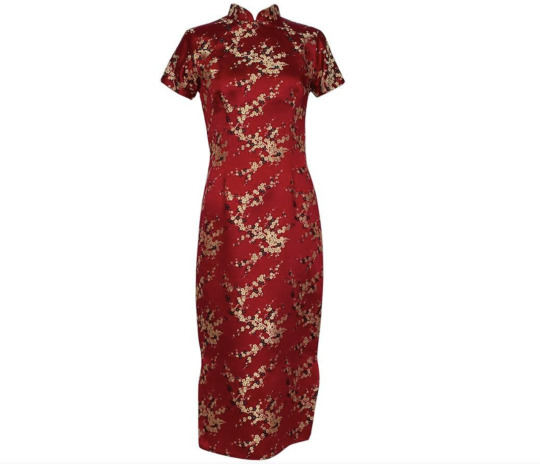
(1stdibs.com)
It was favored by Chinese-American film star Anna May Wong
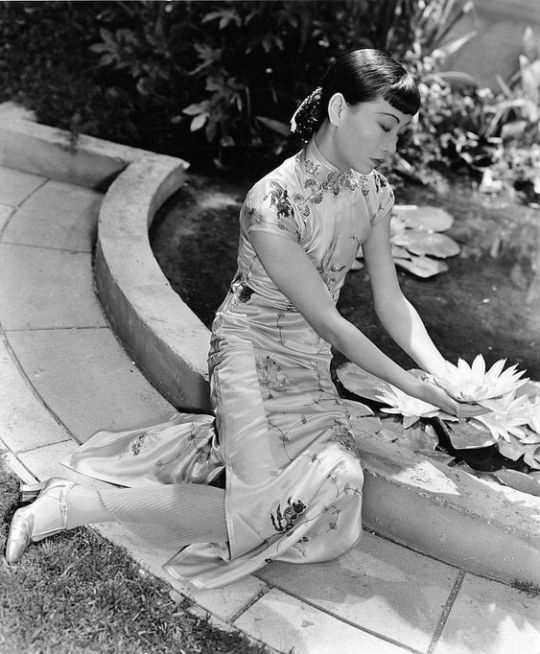
legendary Hong Kong actress (and I’m pretty sure Ivy’s namesake) Ivy Ling Po:
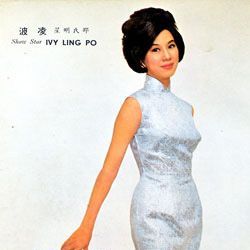
and modern Chinese actress and fashion icon Fan Bingbing:

183 notes
·
View notes
Text
Abridged History of Qing Dynasty Han Women’s Fashion (part 5: Late Qianlong & Jiaqing eras)

(artwork from 1782)
Previous posts:
Late Ming & Shunzhi era
Kangxi era
Late Kangxi & Yongzheng eras
Qianlong era
The last two decades of the Qianlong era, the 1780s and 90s, formed one aesthetic continuity with the reign of Qianlong’s successor Jiaqing (1796-1820). This period was characterized by a turn to extreme formal simplicity and what I believe to be a revival of the tastes of the Ming-Qing transition.
We see sleeves of women’s robes, tight fitting and short to create a practical look in the previous era, become wider and longer. The folded cuff design was retained, though now more difficult to manage as the sleeves became wider. In the last post I discussed how the construction of dajin similar to Manchu men’s fashion became en vogue among Han women and replaced the earlier center front closing robes----this remained the same. We see some of the first instances of binding strips being used around the collar and the dajin, which would become a highly popular and elaborate craft later in the 19th century. Around this time, the binding strips used were usually thin and minimal, commonly of a black color. Plain cloth or bead tip buttons were popularized earlier in the Qianlong era, and metal clasp buttons (zimukou) became increasingly rare. The shape of the standing collar remained the same as that of previous centuries, soft, unstiffened and tall.
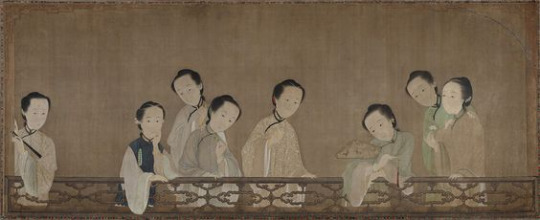
Artwork from 1796 showing a group of courtesans. You can see the black binding on some of their robes. A note about the dating of this artwork: while it’s quite a common reference image for Jiaqing era fashion, I wasn’t able to find an exact date until I read about it in the book Pictures for Pleasure and Use by James Cahill (spectacular book discussing the importance of vernacular and commercial art, highly recommend) and he said the date of creation was signed in the cyclical calendar and corresponds to either 1736 or 1796. He was inclined to 1736 because of “similar face shapes” or something to Yongzheng era artworks, but since he wasn’t a fashion historian he probably wasn’t aware that the fashions depicted here would not have been possible before the 1780s, so I think 1796 is instead the correct date.
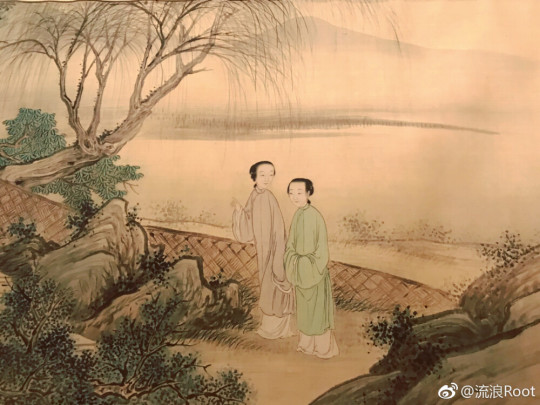
Late Qianlong/early Jiaqing era artwork, showing two austerely (and fashionably) dressed women.
The more radical departure from the previous era, however, was the complete eradication of ornament. Robes and skirts of this era were often entirely plain, with no brocaded patterns or embroidery of any kind. Gone were the roundel patterns, quatrefoil motifs on collar facings and decorative strips around skirts----only solid color blocks remained. Pastel colors like light pink, blue and green were among the most popular for robes besides bright blue and red, whereas skirts were white or black.

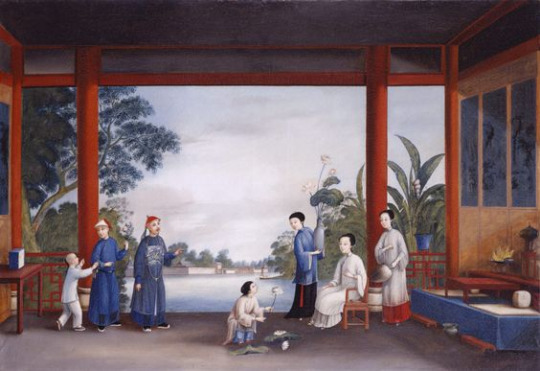
Late Qianlong/early Jiaqing era paintings of the Anglo-Chinese school showing the new style of plain garments.

Artwork from the era showing a woman in a light mustard robe with dusty pink cuffs, white skirt and red sash (sashes were still commonly worn).
The other significant changes happened in hairstyling. The 1780s did away with the iconic tall knots of the earlier Qianlong era, instead moving the mass and volume of hair toward the back. We see the re-emergence of the swallow tail. The front of the hair could be middle parted or completely pulled back. Flowers and other ornaments could be worn on the sides of the hairdo, behind the ears. The general shape of hairstyles stressed horizontality rather than verticality, as was the case before.
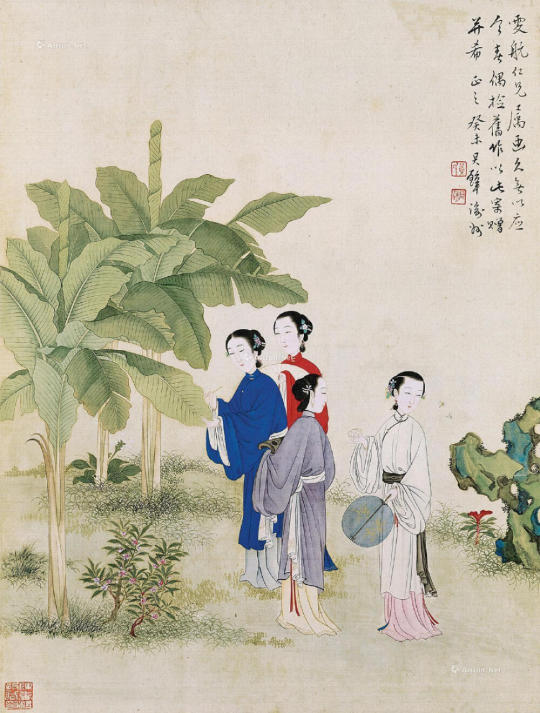
A 1943 copy of a turn of the 19th century original, showing the front and back of hairstyles.

Bust portrait showing the new hairstyle.
A unique hair accessory of the 1780s and 90s was a new iteration of the mo’e, which now had a sharply pointed triangular front and was worn high on the head instead of at the forehead. I think it became less common as the 19th century approached.
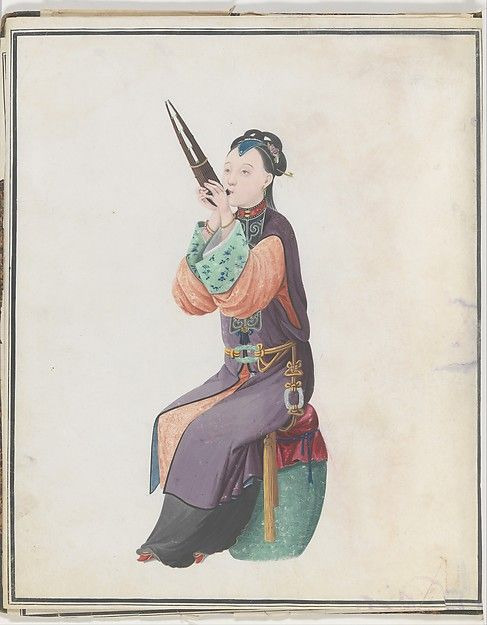
Export artwork showing a woman musician, likely 1770s or 80s as she is still wearing the ornamented, center front closing robes popular in previous decades.
Minimalism was not to last long, however, and soon decorative patterns began to reappear on robes, sleeve cuffs and skirts. Hairstyles began to gain volume and became more puffed, forming a sort of face framing crown. New styles of decorating skirts appeared, with binding going around the qunmen and the edge of each pleat, and embroidery on each individual pleat. The rectangular or circular patterned patch popular prior to the 1780s returned.

Early 19th century export painting at the Brighton Pavilion, maybe 1810s. We can see roundel patterns on the blue robe, embroidery on the cuffs and skirt, and the lady in red wears a pointed mo’e.

Presumably later Jiaqing era artwork, ca. 1810s, showing a group of women. Floral embroidery is present on the sleeve cuffs, the skirts are decorated.
#abridged history of qing dynasty han women's fashion#18th century#19th century#qianlong era#jiaqing era#qing dynasty#chinese fashion#fashion history#regency era
177 notes
·
View notes
Note
Does the dominant Han ethnic group in china also have traditional dress or is that like asking if white americans have traditional dress? Re; the latest fashion douyin
Han people are the dominant ethnicity in China but obviously they were wearing something other than modern western wear at one point lol?? (not trying to be rude, I just thought it was a funny comparison)
Ethnic Han people's traditional dress is called hanfu. In the modern age, a lot of Han (and others) people also just wear qipaos and changshans and tangzhuang, although these are not considered hanfu. Basically, they may technically be considered Manchu clothing, due to emerging from styles implemented under Manchu rule in the Qing dynasty, but they are also a uniquely modern (20th century) innovation that were shaped over the years by global (western) influences, too.
Generally speaking, hanfu describes any style/era of clothing basically worn by Han people basically up until the very early Qing dynasty (last dynasty), so you will see it cover many styles. There has been a hanfu revival movement in the past decade or so in China so it's becoming more popular to see, and there's sort of combination of people going for strictly historical styles (based on art and written record, etc) and people innovating and incorporating modern ideas of hanfu into their clothing.
You can check out my hanfu tag for a quick idea or go to @ziseviolet and @fouryearsofshades (just the blogs off the top of my head), who both run blogs much more dedicated to hanfu and know much more than me about the subject.
168 notes
·
View notes
Text
Karate History & Box Art Redemption

About a year and a half ago, I mentioned Jordan Mechner's seminal 1984 game Karateka in a post about Sifu, a newly-released beat ‘em up with a similar martial arts theme and tough-as-nails difficulty level. Sifu's a good game that garnered a certain amount of scrutiny from people who pointed out that it was an interactive experience steeped in Chinese culture but developed by a predominantly white team. This is not inherently a bad thing (Sifu’s devs did a respectful job), but considering Western media’s track record of misrepresenting Asia as an exotic place full of Fu Manchu-mustachioed bad guys and subservient women, it’s always worthwhile to be cautious. At any rate, Sifu reminded me a lot of Karateka, another game by a non-Asian creator that owed its lifeblood to Asian culture...and even featured the main protagonist and his love interest as white on the box art, despite the fact that the game clearly takes place in medieval Japan.
The Making of Karateka, a just-released interactive documentary by Digital Eclipse, explains the logic behind this decision via extensive notes that detail every step of the game's creation. From what I can discern, the box art design doesn’t appear to have been Jordan Mechner’s call. (Though the playable Karateka beta included in this package reveals that Mechner had some wacky non-Japanese names in mind for the game’s villain and damsel in distress... Akuma and Mariko were once dubbed “Kratang” and “Tiger Lily.” Yikes!) Rather, publisher Brøderbund’s marketing team seems to have been the division that assigned artist Thomas Blackshear II to paint the cover, instructing him that the titular Karateka was supposed to look like "a young Chuck Norris" or "Luke Skywalker" while Mariko should resemble an "American blonde." Meanwhile, only Akuma was specified as "Japanese."


Brøderbund’s promotional strategy followed the typical American metality of the era: it's okay to portray a bad guy as a foreign race, but leading men and ladies should be white and ideally blonde. It didn't have to be this way, since Bruce Lee had dominated cinemas with Enter the Dragon only a decade earlier and proved that audiences could accept an Asian hero. But Brøderbund decided to go the safe route, despite the fact that Thomas Blackshear is a person of color renowned for his Black and American Indian paintings. (He also portrayed a decidedly unblonde and possibly Asian main character in his early cover sketches.)
My intention here is not to hate on Karateka or any of the individuals involved. The original Karateka game for the Apple II did, after all, feature white hair for its leading man's sprite that could easily be interpreted as blonde (though that was likely due to hardware color limitations more than anything else), and Brøderbund justified their decision by claiming they were inspired by the multicolored hair of Japanese manga characters. (Eh, sure.) Also, if we're being honest about it, Blackshear's final art is a beautiful composition even with the questionable racial depictions.
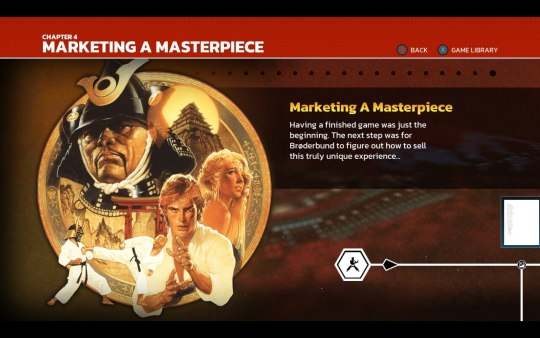
Rather, I'm fascinated with Karateka's box as an example of mildly problematic '80s promotion, and I love how we gain insight into its development thanks to Digital Eclipse' painstaking efforts with what they call the first in their "Gold Master Series" of playable documentaries. Aside from these marketing details, The Making of Karateka delves into Jordan Mechner's early life in precise timeline fashion, letting us explore planning documents, early rotoscoping footage and prototypes of not only Karateka, but the games that preceded it, including Mechner's take on Asteroids and a shooter he was trying to develop called Deathbounce. There's even glimpses at the bones of a platforming puzzle game that started out as Karateka II and would later evolve into Prince of Persia.
Just about every review of The Making of Karateka stresses how this package sets a new standard for preservation in the video game industry, a business that is terrible at chronicling its own past. I won't repeat these arguments too much other than to say that I fullheartedly agree. Behind the scenes featurettes used to be a thing when it came to games — as a kid, I remember being utterly absorbed with the "Making of King's Quest VI" footage that came included on the CD-ROM — but these days you're unlikely to see too many of them, especially for titles that were released decades ago. In a world where Nintendo has yet to localize Mother 3 and customers need to rely on emulation and all types of hacks to revisit old games, Digital Eclipse's commitment to curating digital museums dedicated to works like Karateka is an incredible worthy goal — possibly one of the most important goals that a video game company has ever embarked upon. I can't wait to see more volumes in the Gold Master Series, and can think of many potential entries off the top of my head. Pitfall! Ultima! Doom! Maybe even one day...Sifu? (Likely a stretch, but stranger things have happened.)

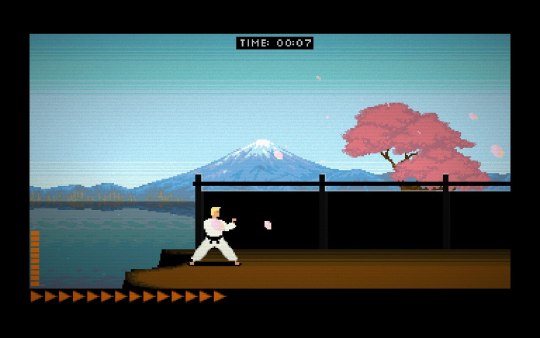
But going back to the discusson of art for a moment, one of the most monumental things that The Making of Karateka does is offer a "remastered" version of its title game, complete with impressive graphical flairs, a more managable difficulty level, and even...revised box art. While Thomas Blackshear's original Karateka painting is still displayed prominently throughout the package, when you go to select Karateka Remastered under the list of playable games, you'll see a new mockup box. No longer is Akuma a dehumanized Japanese baddie, no longer is Mariko an all-American girl, no longer is the titular Karateka Luke Skywalker. All three characters are Asian...and get this, the central Karateka is not only Asian, but blonde too.
In one swift stroke, The Making of Karateka not only captures history and chronicles its mistakes, but also revises them for a bright future. Take that, 1984 marketing.

Update: An earlier version of this article stated that the new mockup cover art was illustrated by Digital Eclipse in-house artist Mae Livingston. Mike Mika, the president of Digital Eclipse, reached out to me on Twitter to explain that while Mae was responsible for Karateka Remastered's in-game artwork, the actual box image was made via Midjourney, and the characters were tweaked multiple times to look more culturally appropriate. He added that this methodology was an experiment that Digital Eclipse does not intend to rely on in the future.
I have very mixed opinions on AI art, and I do wish this box had been created by a human. I don't know if I would've written this piece if I'd known that the artwork was made by Midjourney, frankly. Nevertheless, I appreciate Mike actually reaching out to me, and the ultimate message of this article still stands. I hope Digital Eclipse considers the power that an image like this holds — especially for multiracial people like myself — and chooses human artists in the future.
17 notes
·
View notes
Text
These were originally gonna be private but I like the outfits so much I'm posting them here.
Since the Likes Espio gang is going to Chun-nan in the fic I decided to give them some new good ol' fashioned cultural fits.
By the way, get ready for a history tangent :)
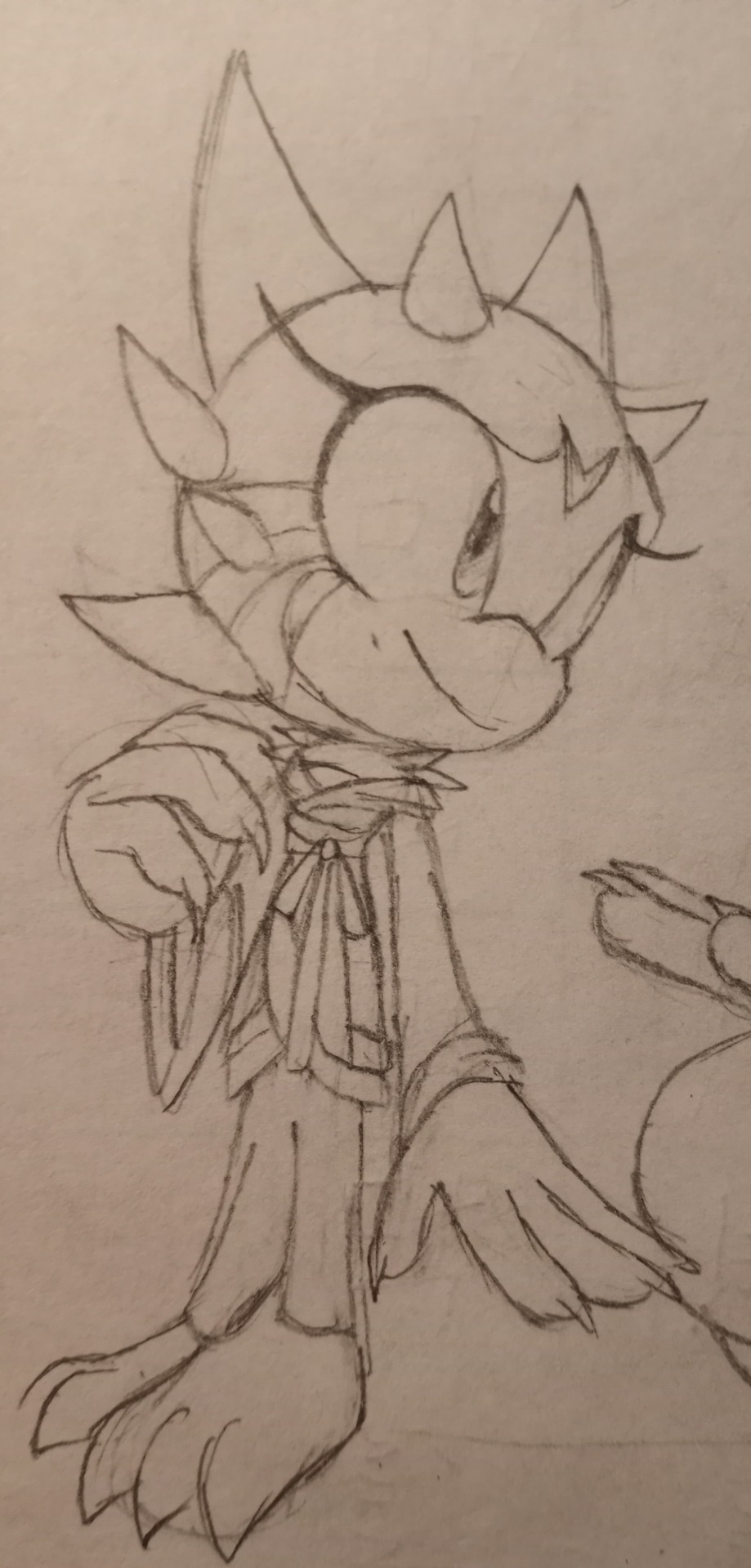
So this is a shenyi, a type of moderately formal Hanfu robe popular during the Warring States period. It is known as 'deep garment' in English, which translates to 'wrapping the body deep in cloth'. Up until the Han Dynasty, the shenyi would be form by royal families, aristocrats, etc. Although more common among women who wanted to hide their bodies while they walked. It lost it's popularity throughout history but reappeared in 2003 when a man wore a raojinshenyi in the streets.

Then ruqun, or more broadly, the yichang, is a set of Hanfu attire consisting of an upper garment(usually a short jacket) and a lower garment(a long skirt). It is the most common of Hanfu, worn mostly by women but also by men as well. The ruqun, along with it's varieties, have been and established part of Chinese culture for thousands of years as the two-piece garments symbolized the greater order of Heaven and Earth.
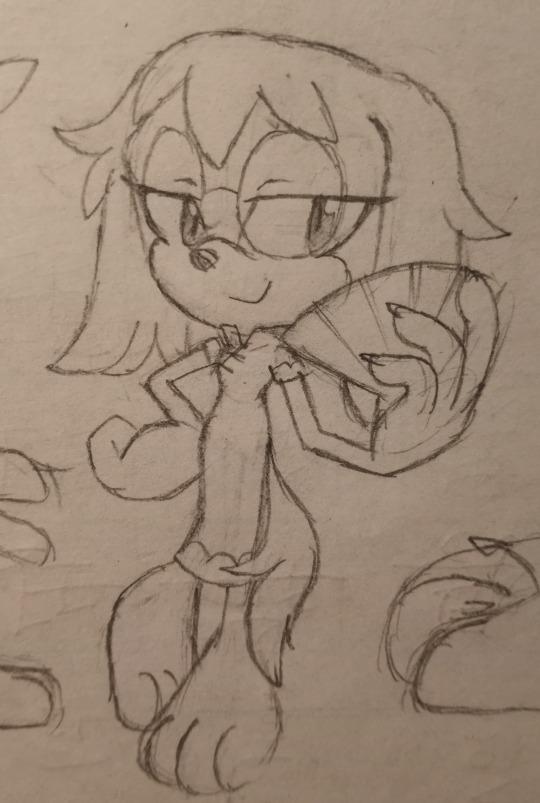
The cheongsam is a more modern form of Chinese attire, also know as a qipao dress. It was developed in the 1920s and overlapped with the Republican Era, popularized by the socialites and high society women of Shanghai(fitting for someone like Dinah). It's a form-fitting dress that was originally inspired by Manchu traditional clothing called the qizhuang.

Another piece of modern Chinese clothing, the male counterpart of the cheongsam. The zhongshan suit, also know as the Mao suit, is a tunic suit introduced shortly after the founding of the Republic of China in 1912. It typically has four pockets and five buttons(I didn't actually draw five buttons, sorry!), the pockets representing the Four Virtues of proprierty, justice, honesty, and shame; the five buttons symbolizing the five branches of China's former government, those being Executive, Legislative, Judicial, Examination, and Control. It's typically worn by men or government leaders as a symbol of national sovereignty.

The aoqun is a variety of the ruqun, a specific way of wearing the ao(short jacket) over the qun(skirt). While the classic ruqun has it's jacket tucked into the skirt(ru is often used as synonymous to ao), the aoqun has it's jacket worn over the skirt. Although since the ao is defined by the Xinhua Dictionary as 'an upper garment with multiple layers', it is often worn during the cold seasons.
And that's all! I'm sure you know who all these ocs belong to, so just enjoy them being stylish :>
#sonic the hedgehog#sonic#sonic oc#sonic fc#sonic original character#glazed ocs#other people's ocs#art roll#the likes espio gang#chamomile the lizard#katana the iguana#dinah the spaniel#slushie the arctic fox#muffin the wolf#chinese clothing#chinese culture#am i allowed to use those tags?#i probably got something inaccurate tbh#at least drawing the clothes was fun#i could've added accessories too but that would've been too much(for me)#glazed art#2023 art
23 notes
·
View notes
Text
Quick thought before class: This isn't a callout or trying to insult any specific fic or comic or anything, but I've noticed a big trope with fics dealing with Arthur - Wang Yao relations or the Opium Wars, where Arthur is talking about progress but Wang Yao only cares about tradition, has no interest in the west, has stayed the same for thousands of years and therefore has no intention of changing.
So, portraying China as traditionalist isn't bad or even 100% wrong, but imo given the specific time period it deserves careful handling - the idea of China being overly traditionalist, unchanging for thousands of years, and isolated from outside/European contact and influence has been long used as an excuse for the Opium wars as a necessary evil to break open an old Empire that refused to modernize. The idea of a 'thousands of years unchanging empire' is used in all sorts of propaganda on all sides of the argument for different purposes, but it's just not true.
In reality, although there are certainly periods in time when countries and cultures revert to conservatism or self isolate, countries and cultures cannot keep that up for such extended periods of time. The China of the Ming dynasty was not the same as the China of the Qing dynasty, traditionalist or not time moves forward and brings a stream of often radical change that are then absorbed. In the first place, the original Macartney Embassy was sent to Qianlong whose reign is generally considered the height of the Qing empire, in culture, trade, and expansion. Even before his reign, China was developing an interest and taste for western goods, Qianlong himself was a great appreciator of automation and had a good understanding of Britain's military and technological power, one that the Qing would attempt to emulate again and again through reform and buying ships/weapons. A big part of why that failed was more due to internal corruption among the court and officials. The Qing traded closely with the Portuguese, as most people who write about this know, but also had extensive trade relations across Asia - when the emperor received Macartney, Macartney was only one of many dignitaries, many of them being from South Asia. Popular art and fashion also displayed a level of fascination with western patterns, styles, designs, etc. which makes sense - the wars happened because of a trade deficit, not because there was no trade.
And then of course there's the fact that the Qing dynasty was in no way traditional - it was ruled by formerly foreign Manchu and that was reflected in everything from fashion to language to custom, where you could see a sort of melding of Chinese and Manchu (and Mongolian) culture. To Wang Yao, the clothing he's wearing and some customs likely demanded of him as a semi-divine court figure is anything but traditional. Also - China had guns! They were nothing against European guns but the country that produced gunpowder wasn't unaware or unable to innovate their own rendition around a similar time as the European gun.
After all that rambling here's the thesis: even with his long life, I don't necessarily think Wang Yao would be experiencing the time period as some sort of traditionalist continuation. Sure, he's lived long enough to see patterns and the Qing may fall into those patterns, but he's not living in isolated naivety, but rather a rapidly changing world that his people seem happy to move along with. The portrayal of late Qing Wang Yao as refusing to change while observing the west/Arthur as changing due to personal arrogance rather than the huge amounts of internal strife and corruption that was tearing the empire apart from the inside feels inaccurate, as well as centers European actions and awareness as the center of even Wang Yao's outlook and decisions, ignoring both China's internal politics and its relations with the rest of Asia outside of a European context. I can appreciate how the more simplistic portrayal draws compelling parallels between young and old, modern empire and ancient empire, but with the context of how this impression exists due to misinformation and orientalism, I think it deserves a slightly more in-depth depiction.
39 notes
·
View notes
Text
Qipao

Also called a cheongsam or the mandarin gown. It is a chinese dress worn by women taking inspiration from the qizhuang, the ethnic clothing of the Manchu people. The qipao is most often seen as a longer, figure-fitting, one piece garment with a standing collar, an asymmetric, left over right opening and two side slits, and embellished with Chinese frog fasteners on the lapel and collar. The qipao is a fairly recent garment having its origins in 1920s Shanghai, it developed under the influences of several different cultures including Manchu, Han, and Western cultures. Due to its perceived exoticism and slim line silhouette the qipao had a significant impact on the international fashion scenes in the 1950s and 1960s.
54 notes
·
View notes
Photo

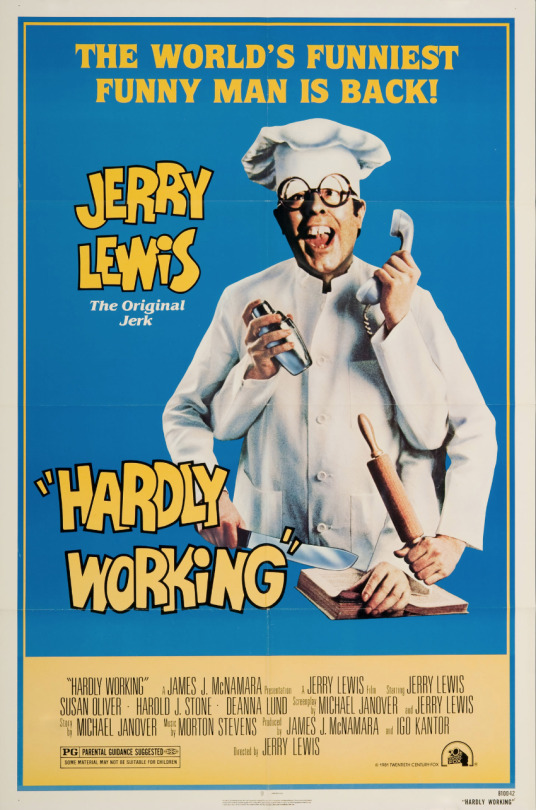
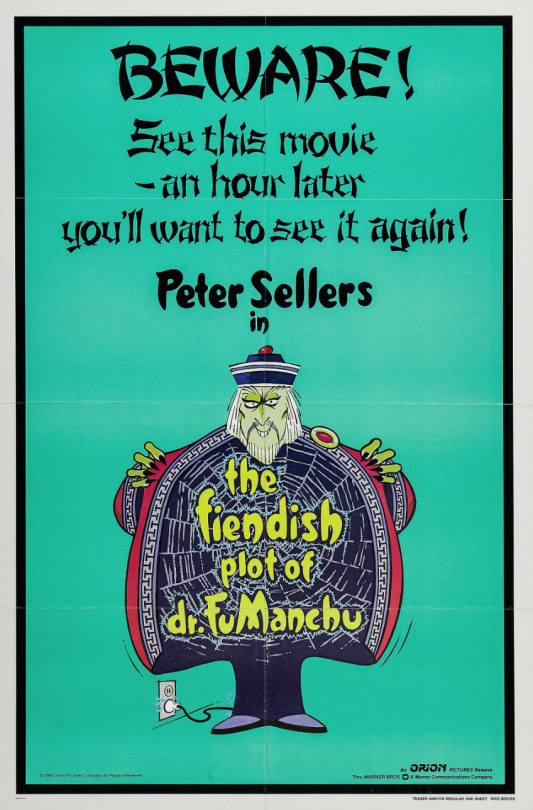
Three yellowface movies were released in 1980-81.
The Fiendish Plot of Dr. Fu Manchu starring Peter Sellers, Charlie Chan and the Curse of the Dragon Queen starring Peter Ustinov, and Hardly Working starring Jerry Lewis.
All were subjected to protest and condemnation from Asian American activist groups.
A full-page ad ran in Variety in February 1981:
“If Blackface is intolerable, why does Yellowface still exist? Orientalized eyes, stilted demeanors, inscrutable souls, trite expressions, sexless auras and idiotic accents destroy the self-image of our young people and perpetrate an unjust distortion. THIS MEDIA BONDAGE MUST STOP.
“In real life Asian/Pacifics are in the mainstream of America … legislators, professionals, teachers, athletes, parents, students, heroes, villains, and next door neighbors. We dare other producers to be creative. Portray Asian/Pacific Americans realistically as they exist in today’s society.”
Warner Brothers executive Lloyd Leipzig met with an activist group called Asian Americans Against Stereotypes for “a very meaningful discussion.” But in the end he dismissed their concerns and insisted the Fiendish Plot of Fu Manchu was “just an old-fashioned, cartoon-like romp.”
Asian Americans Against Stereotypes, frustrated by that response, stormed the set and shut the Peter Sellers film while it was doing location shooting in San Francisco.
“The largest of the groups is the 3,000-member Organization of Chinese-Americans, but about a dozen smaller groups representing Japanese, Vietnamese, Koreans and others also have been involved in the protests,” reported Reuters. “Marching against the Sellers film [they demand] the movie be withdrawn.”
One of the many characters Jerry Lewis portrayed in Hardly Working (1981) was a crazed sushi chef with buckteeth and glasses. The image was used for the film’s poster and subsequent VHS cover. When it made its way to weekend television, TV Guide described it simply: “Hardly Working (PG). Racist stereotypes.”
38 notes
·
View notes
Text
Cultural Fashion: Earth King Kuei Pt. 1 - Head & Shoulders
The “Cultural Fashion” posts that no one asked for! ^_^
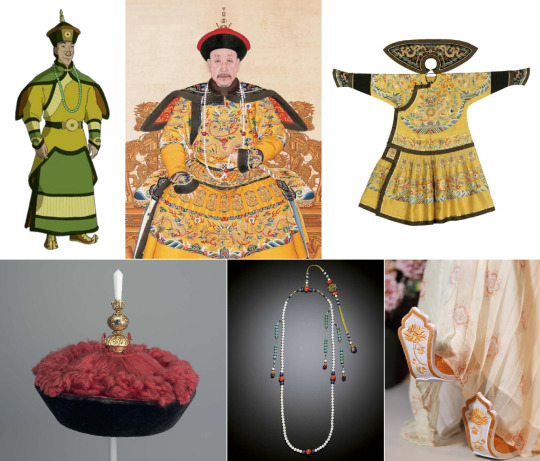
The Earth King’s design is inspired by the dress of Qing Dynasty emperors (1636–1912) in their royal portraits. Starting from the top: The hat worn is called a cháoguān (朝冠) in Mandarin, meaning “court hat”, and a mahala (ᠮᠠᡥᠠᠯᠠ ) in Manchu, meaning “morning crown”. This hat was only allowed to be worn by Qing emperors and members of the imperial family. The chaoguan came in two styles: one for cold weather (what the Earth King wears) and one for warm weather (pictured here).
Moving on to the neck, the little collar-cape is called a pī lǐng (披领), meaning “detachable collar”. This collar was worn by members of the imperial family, nobility, and court officials for formal occasions. The necklace is called a cháozhū (朝珠), meaning “court beads”. Traditionally, chaozhu were only allowed to be worn by Qing dynasty emperors, members of the imperial family, 1st through 5th rank imperial civil officials, and military officials above the 4th rank. The chaozhu of an emperor was typically composed of multiple valuable materials such as pearl, coral, amber, jade, and other precious stones. For animation purposes, the Earth King’s simplified chaozhu is composed exclusively of jade beads.
Fun Fact: Chaozhu were actually inspired by Tibetan prayer beads! However, they lost their religious connotation once they became adopted as court dress.
In Part 2, we’ll cover Earth King Kuei’s clothing and shoes.
Like what I’m doing? Tips always appreciated, never expected. ^_^
https://ko-fi.com/atlaculture
155 notes
·
View notes